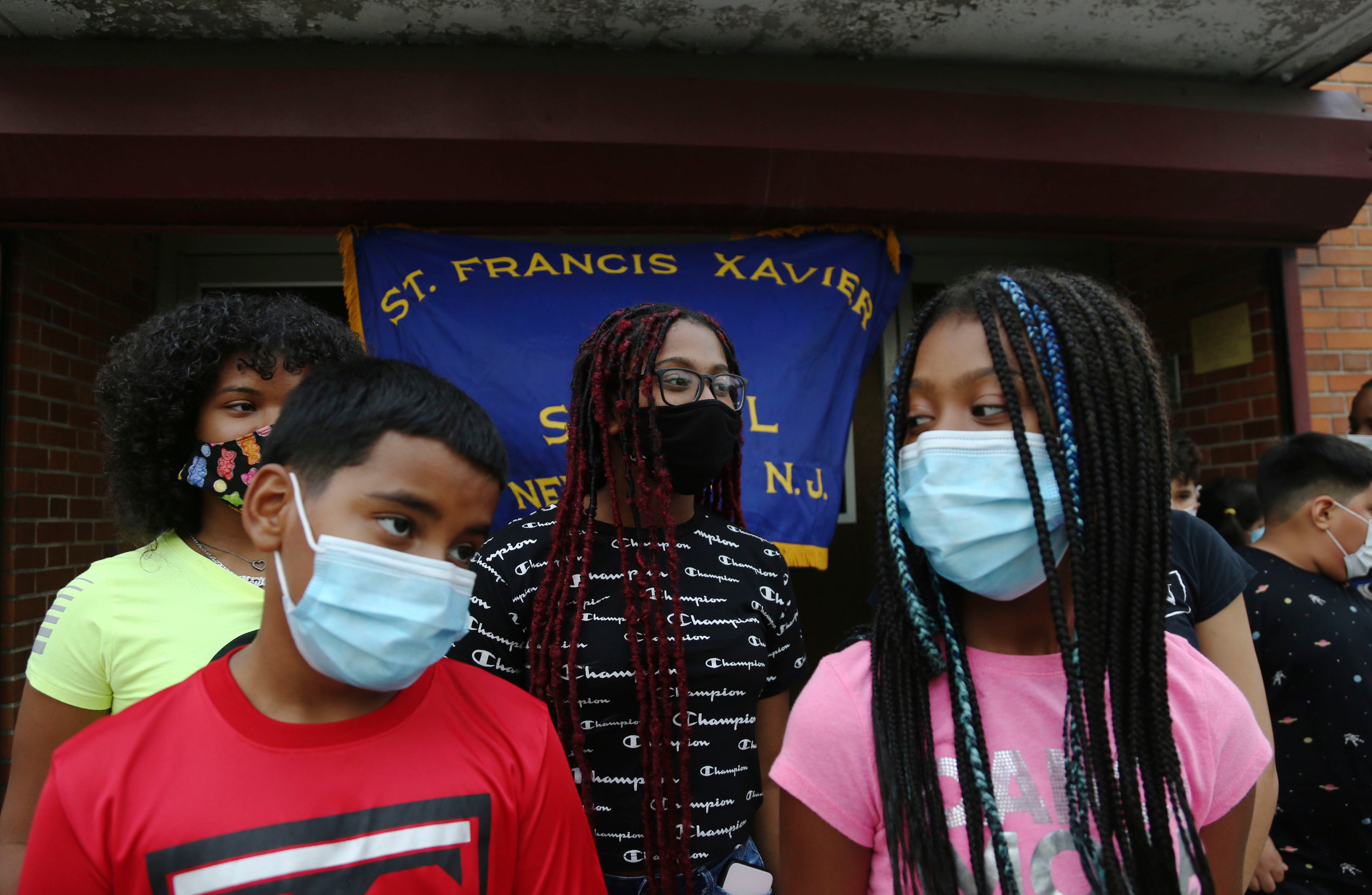US Catholic school association seeks rebound from grim year
The organization overseeing Catholic schools in the United States gets a new chief executive this week as it seeks to rebound from its biggest one-year enrollment drop since the 1970s

Your support helps us to tell the story
From reproductive rights to climate change to Big Tech, The Independent is on the ground when the story is developing. Whether it's investigating the financials of Elon Musk's pro-Trump PAC or producing our latest documentary, 'The A Word', which shines a light on the American women fighting for reproductive rights, we know how important it is to parse out the facts from the messaging.
At such a critical moment in US history, we need reporters on the ground. Your donation allows us to keep sending journalists to speak to both sides of the story.
The Independent is trusted by Americans across the entire political spectrum. And unlike many other quality news outlets, we choose not to lock Americans out of our reporting and analysis with paywalls. We believe quality journalism should be available to everyone, paid for by those who can afford it.
Your support makes all the difference.The organization overseeing Catholic schools in the United States gets a new chief executive this week as it seeks to rebound from its biggest one-year enrollment drop since the 1970s.
Amid the pandemic, more than 200 schools closed permanently, and enrollment at the 5,981 remaining schools fell by 6.4% -- or more than 111,000 students – for the 2020-2021 academic year, according to the National Catholic Educational Association.
Total enrollment was about 1.63 million, down from a peak of more than 5.2 million in the early 1960s.
On Wednesday, the NCEA installs a new president and CEO Lincoln Snyder, who served as superintendent of schools for the Diocese of Sacramento California, since 2015. Based on trends in that diocese, where enrollment is up 3% from September 2019, Snyder is cautiously optimistic that many Catholic schools nationwide can slow or stop the enrollment decline in the coming year.
Economic hardships caused by the pandemic forced some families to pull their children out of Catholic schools because they couldn’t afford the tuition, Snyder said. But in Sacramento, he said, those losses were offset by an influx of families new to Catholic schools who were attracted by the system’s educational strengths and its handling of the pandemic.
“We had low infection rates... very few documented cases (of COVID-19) on site,” he said. “We showed we could have kids in class and still be safe – and that seems to have been respected by parents.”
Of the 209 Catholic schools that closed or were consolidated last year, the biggest impact was felt by urban communities and non-Catholic families, the NCEA said. In its latest annual report, it expressed regret, saying the closure of Catholic schools in underserved areas eliminates “pathways of opportunity” for the affected families.
To curtail such closures, the NCEA will need the help of philanthropic donors, Snyder said.
Among dioceses in major cities, Las Vegas was the only one where enrollment in Catholic schools increased by more the 2% last year, the NCEA said.
Conversely, Catholic school enrollment decreased by more than 8% in New York, Los Angeles and Chicago.
The overall enrollment drop was 8.1% at the 4,812 Catholic elementary schools, and 2.5% at the 1,169 secondary schools.
The reduction in school staffing – including teachers and administrators – was relatively modest at 2.3%, due in part to the availability of the federal Paycheck Protection Program in the spring of 2020.
Snyder said the NCEA wouldn’t know until September whether Catholic schools collectively have been able to halt the enrollment decline.
“I believe it’s possible,” he said. “I’m optimistic that with the right resources and people, Catholic schools can grow.”
___
Associated Press religion coverage receives support from the Lilly Endowment through The Conversation U.S. The AP is solely responsible for this content.